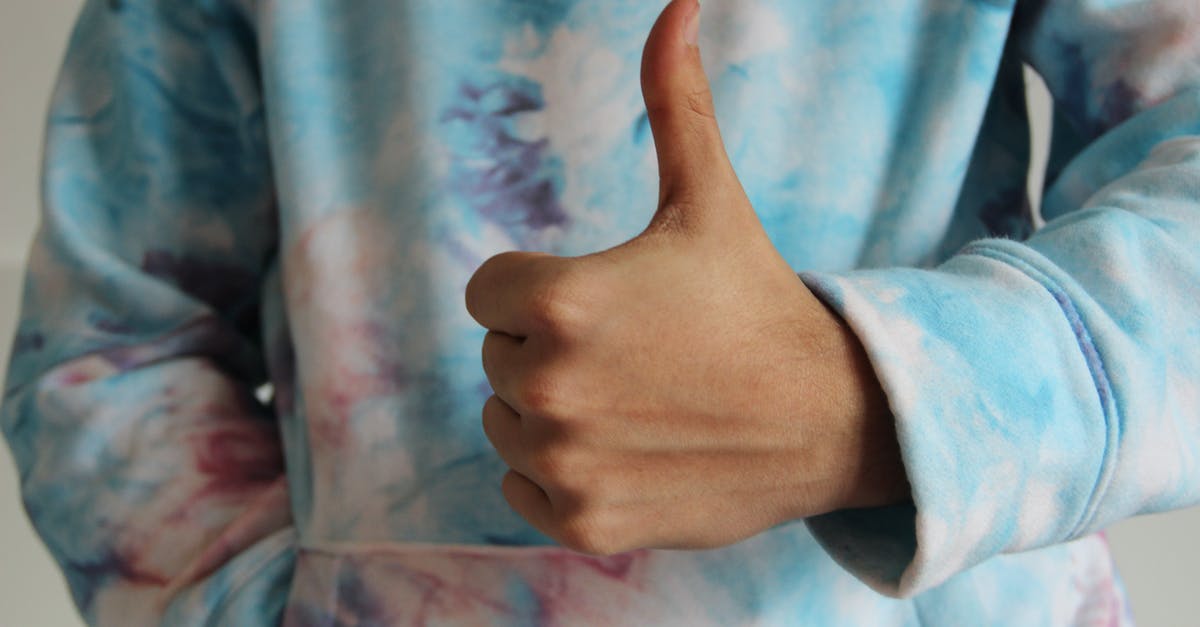What are the best practices when making chapathi like a pancake or dosa?

Normally, chapathi/roti is made by kneading wheat flour, letting it rest a while, then making balls of them and rolling them into flat circular shapes and then heating them.
This answer describes how letting it rest, allows gluten linking and the transformation of starches into sugar.
After many years of making chapathi, I felt this process of kneading and rolling is time-consuming and cumbersome. Besides, the middle layer and some edges often do not get cooked fully and many people end up overheating it, so it gets burnt spots. Since the process of making dosa's and pancakes are simpler, I wondered if flour can be used similarly. Turns out there are indeed recipes for doing this.
If I may call this a way of making chapathi like dosa (chaposa), it involves taking equal proportions of water and flour, mixing it while ensuring there are no lumps, and simply spreading them on a heated pan, and preparing it like how a pancake or dosa would be prepared. I prepared one today, and it turned out ok. It was soft enough and seemed properly cooked. I figured that this may be a good way to make aaloo parathas too, by throwing in mashed potatoes, onions, coriander leaves and other ingredients. Kinda wish even puri-making could be made this simple.
In terms of the gluten linking and starch converting to sugars, are there any best practices that need to be followed for preparing it? Time allowed for resting etc?
Best Answer
Ok, so I tried making aaloo paratha using this method, and it worked out a lot better than the conventional method.
Some best practices:
- Once water is mixed into the flour and whisked, let it rest for at least five to ten minutes. It allows it to thicken a little. If not allowed to thicken, the disc tears easily while flipping.
- Use a low flame when spreading the batter on the pan. It helps spread it out properly before it solidifies due to the heat. Then use a medium flame to cook it.
- During the cooking process, you'll notice brown spots. It does not mean that it has got cooked fully. If the middle layer feels slippery/mushy, you should continue cooking it until it gets cooked through-and-through. Don't worry; the outer layer won't burn very early like it would in a chapathi/roti, because it has a lot of moisture.
Advantages of preparing chapathi/aaloo-paratha this way:
- Any salt, chilly, coriander leaves, onion, ghee, oil or masalas you mix into the batter, blends in well with the flour and gives a better flavour.
- It's a very forgiving batter. When spreading out the batter on the pan, you can continue adding batter to the sides and spread it out well even a minute or two after you spread it out initially. If it tears, you can apply more batter on the torn area like glue, and the end result will be a seamless flat-bread. I believe the extra water content helps cook it evenly too.
- It's a lot less time consuming and less messy to prepare the batter.
- I made a few parathas and left the batter at room temperature for two hours, returned and made a few more parathas, and it worked out perfectly fine. Unlike kneaded dough, I didn't need to do anything extra to make the batter retain moisture. It didn't get thicker and un-workable either.
Disadvantage:
- It takes more time to cook.
Pictures about "What are the best practices when making chapathi like a pancake or dosa?"



10 Minutes Recipe - The Perfect Roti (Phulka Chapati ) - No knead - No Rolling 🙂
Sources: Stack Exchange - This article follows the attribution requirements of Stack Exchange and is licensed under CC BY-SA 3.0.
Images: Alex Koch, Ron Lach, William Fortunato, Kamaji Ogino
